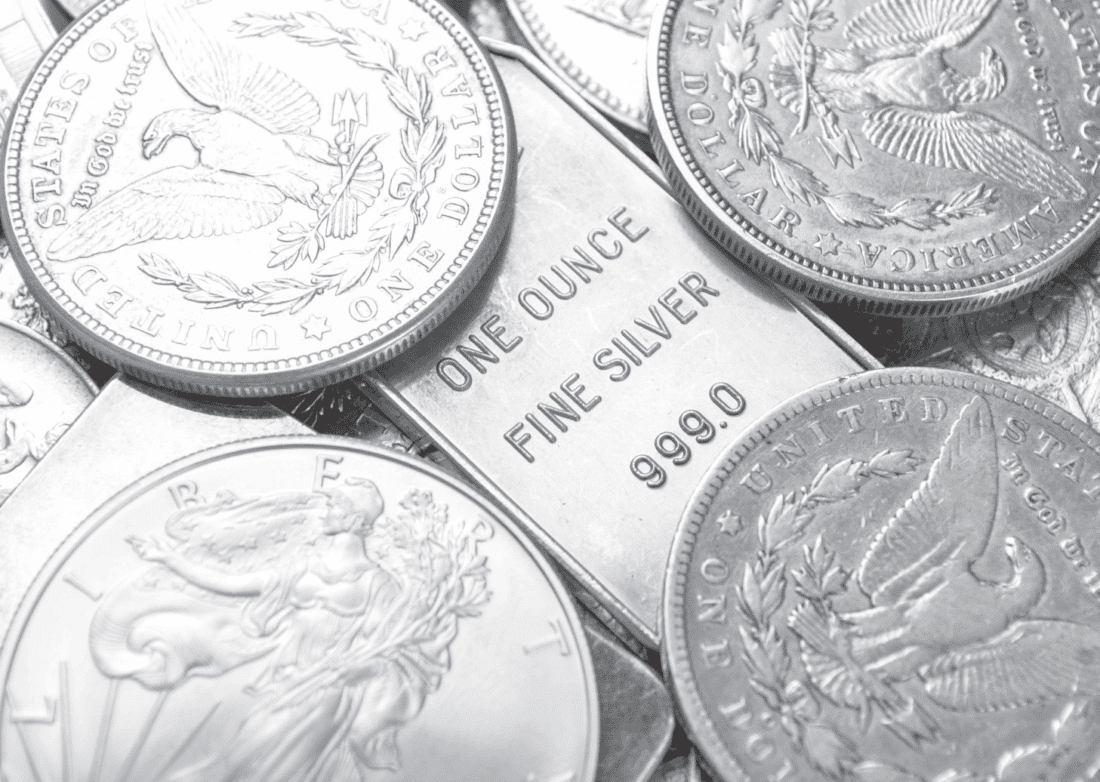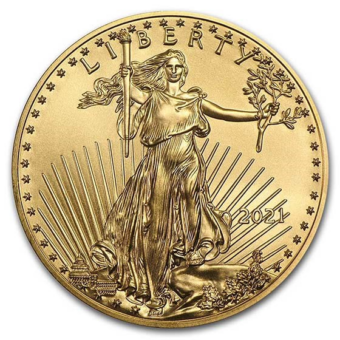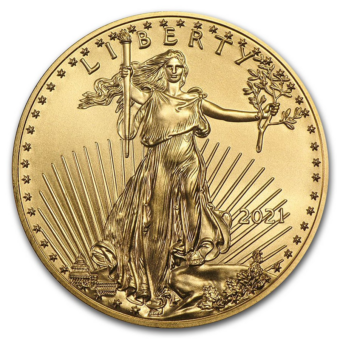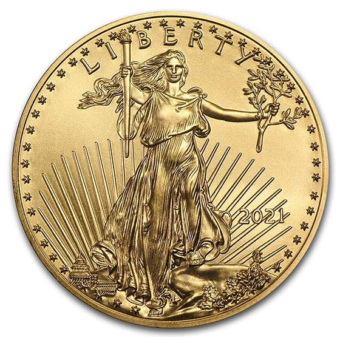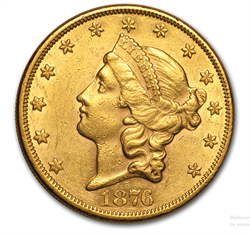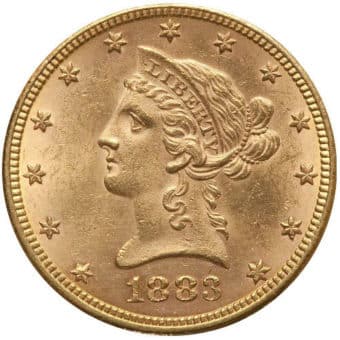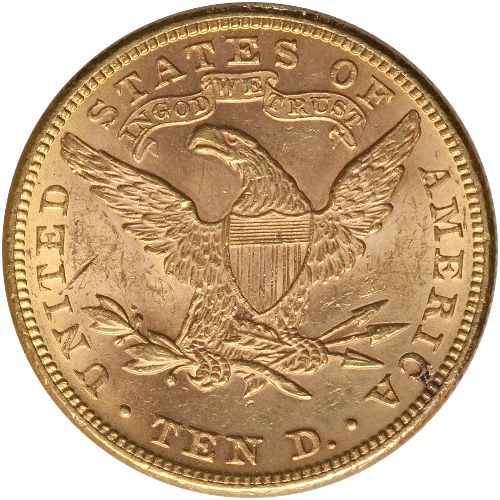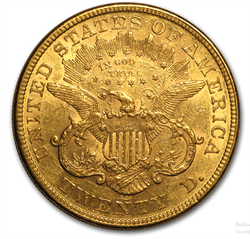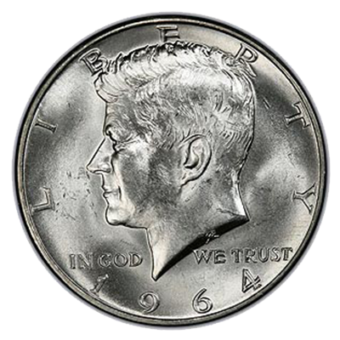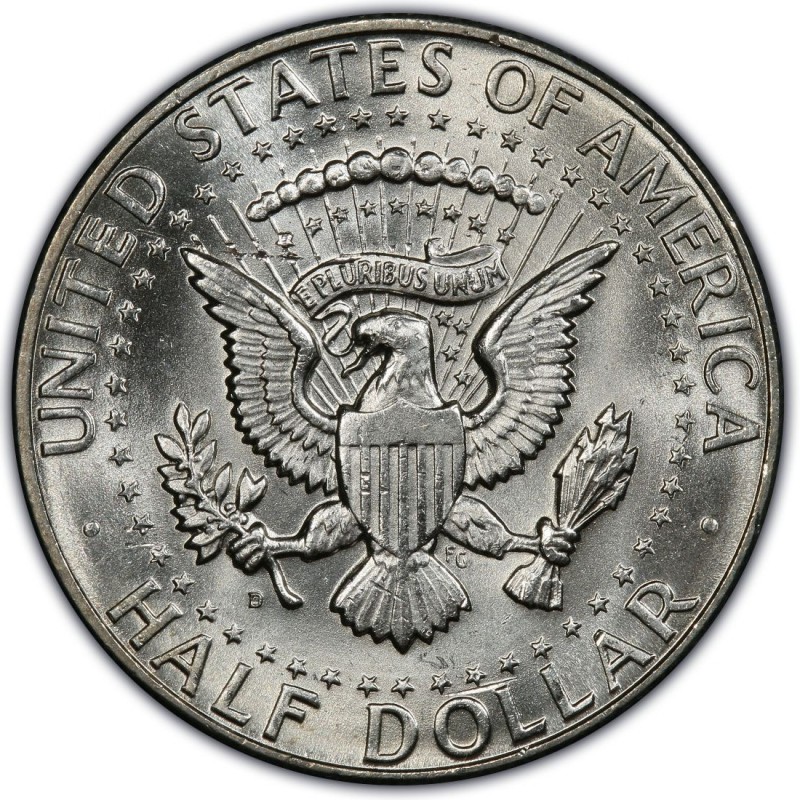A Daily Journey Through the Week's Market
Monday - 3.11.24: In early U.S. trading on Monday, gold and silver prices showed a slight decrease as the market paused after a recent uptrend, but the outlook remains bullish for both metals. April gold was down by $1.90, settling at $2,183.70, and May silver decreased by $0.024 to $24.525. Mixed performance was observed in Asian and European stock markets, with U.S. stock index futures indicating a minor drop at the open, yet remaining close to recent record highs.
Tuesday - 3.12.24: Gold and silver prices dropped to new lows early Tuesday, reacting to a U.S. inflation report that exceeded expectations, prompting investors to lock in profits. Gold fell to $2,160.08, a decrease of $22.67, while silver dipped to $24.03, down by 44 cents. This decline comes despite gold reaching a record $2,195 per ounce on Friday, amid a robust U.S. stock market and economy. The rise in gold prices, unusual during periods of economic strength, is attributed to weaker growth and stock performance in other major economies and significant demand from Chinese investors seeking a hedge against economic uncertainty.
Wednesday - 3.13.24: Gold and silver prices saw a slight increase in early U.S. trading, buoyed by bullish technical signals and external market conditions, including a weaker USDX and stronger crude oil. This comes after the marketplace absorbed the U.S. consumer price index for February, which slightly exceeded expectations at a 3.2% year-on-year increase. Attention now turns to the upcoming February producer price index report, with anticipation of continued inflationary trends.
Thursday - 3.14.24:
Gold and silver prices fell in midday U.S. trading Thursday, with gold down $20.80 to $2,160.50 and silver slightly lower by $0.126 to $25.04, influenced by a higher-than-expected U.S. inflation reading. This inflation data, which included a February producer price index report showing a 0.6% rise—double the expected 0.3%—reinforced expectations that the Federal Reserve might delay interest rate cuts. Despite this, slightly weaker U.S. retail sales for February provided a counterbalance, yet the overall trend of warm inflation data suggests a cautious approach by the Fed.
Friday- 3.15.24: Gold and silver prices dipped in the US market following a slightly higher-than-expected U.S. inflation report the previous day. This uptick in inflation spurred gains in both the U.S. dollar index and Treasury yields, putting pressure on precious metals. The release of the February producer price index, which showed a 0.6% increase—double the expected 0.3% and a significant jump from January's 0.3%—added to inflation concerns. Although U.S. retail sales for February were slightly below forecasts, the persistent inflation may hinder the Federal Reserve's plans for imminent rate cuts.
Precious Metals Retreat Amid Inflation Concerns
Gold and silver prices faced a downturn in midday U.S. trading Thursday, primarily influenced by a series of U.S. economic reports revealing higher-than-expected inflation rates. The release of the February producer price index (PPI) marked a significant increase of 0.6%, doubling the anticipated figure and indicating a persistent inflation issue within the economy. This upward trend in wholesale prices, especially noted in goods prices with a substantial 1.2% surge attributed largely to a 4.4% jump in energy costs, suggests inflationary pressures that might hinder the Federal Reserve's ability to lower interest rates in the near future. While retail sales showed a rebound, the growth was less than expected, adding to concerns over economic stability. Amidst these developments, the broader market response included a mixed performance in global stock markets and an observed rise in U.S. Treasury yields, reflecting investor caution. These economic indicators have cast a shadow over precious metals, with gold dropping $20.80 to $2,160.50 and silver decreasing slightly by $0.126 to $25.04, as traders react to the potential for continued inflationary pressures and its implications on monetary policy.
Biden's Budget Proposal: A Call for Fiscal Prudence or a Prelude to Economic Strain?
President Biden's 2025 budget proposal, described as "gargantuan," sets a record-breaking government spending level of $7.3 trillion, a 66% increase from pre-2020 levels. Emphasizing domestic over defense spending, the budget seeks modest increases in defense while significantly boosting non-defense discretionary spending. Despite intentions to tax the affluent and corporations to cover the $5 trillion in proposed taxes, critics argue that these costs will ultimately be passed on to the American populace, affecting wage growth and increasing the cost of goods and services. While the proposal claims to reduce the deficit by $3 trillion over the next decade, skeptics question the sustainability of such fiscal policies, especially in comparison to the economic practices of other nations. The budget's optimistic projections contrast with concerns over its potential to exacerbate national debt and the real burden it places on the American middle class.
Inflation's Stubborn Persistence and Its Implications for the Fed's Policy
In February, a notable rise in gasoline and rent costs underscored the ongoing challenge of curbing inflation, which remains above the Federal Reserve's target despite a gradual slowdown from pandemic-induced highs. The Consumer Price Index (CPI) report indicated a slight uptick in overall prices by 3.2% year-over-year, with core inflation—excluding volatile food and energy prices—edging down marginally. This persistence of inflation, coupled with volatile price increases and the rising cost of services, prompts speculation about the Federal Reserve's rate cut timeline. Fed Chair Jerome Powell signaled potential rate cuts within the year, contingent on sustainable inflation reduction towards the Fed's goal. This economic backdrop has led to adjustments in futures markets' expectations for the Fed's rate cuts, with a shift from an anticipated start in March to June and a reduction in the number of expected cuts from six to four within the year. Amid these economic dynamics, Americans continue to navigate cost-of-living increases, making strategic adjustments to their spending habits. The inflationary trend, with its mixed impact across different sectors and goods, alongside modest relief in some areas like grocery prices, underscores the complex economic landscape the Federal Reserve navigates as it considers its monetary policy path forward.
Bitcoin Outshines Silver in Market Cap Race, Yet Silver Begins to Rally
Bitcoin has recently captivated the financial world by not only achieving new all-time highs but also surpassing silver in total market capitalization, becoming the eighth-largest financial asset globally. This milestone marks a significant shift in the investment landscape, positioning Bitcoin above longstanding financial giants and commodities in the market cap hierarchy. The remarkable surge to a $1.4 trillion market cap highlights Bitcoin's growing dominance and its acceptance as a formidable financial asset, overshadowing silver, a traditional store of value.
However, silver is not to be underestimated, as it has begun to show signs of a strong rally, inching closer to the $25 per ounce mark. This movement suggests a potential comeback for silver, especially if Bitcoin experiences a correction. Despite the competition, the ultimate benchmark in the store of value remains gold, with Bitcoin needing an astronomical rise in price to surpass it. Yet, Bitcoin's impressive performance, with a more than 60% increase since the beginning of 2024, underscores its transformative potential in the financial world.
As both precious metals and cryptocurrencies continue their upward trajectories, the upcoming Federal Reserve meeting could further influence their paths. Investors are closely watching these alternative assets as they vie for dominance, with gold and silver historical stability during economic downturns being weighed against the innovative allure of cryptocurrencies like Bitcoin.
Exploding US Debt and Looming Fiscal Crisis
In February 2024, the United States spent over double the amount it collected in tax receipts, exacerbating its deficit and propelling the national debt towards a fiscal crisis. The US Treasury reported that while $271 billion was collected, $567 billion was spent, resulting in a February budget deficit of $296.3 billion, a 12.9% increase from the previous year and the second highest on record for the month. The fiscal year 2024 has already seen a cumulative deficit of $828 billion, ranking as the second-largest for the period, only behind the peak COVID year of 2021. This alarming fiscal trajectory is compounded by the issuance of $1 trillion in debt every 100 days and spiraling interest payments on the debt, now surpassing defense spending and soon expected to exceed health and social security expenditures. The unsustainable fiscal practices signal a dire need for a reevaluation of spending and revenue strategies, amidst warnings that the US could face a debt sustainability crisis and potentially lose its reserve currency status, leading to profound economic repercussions.
Nations Secretly Accumulate Bitcoin Amid Economic Uncertainties
In a surprising twist to the traditional financial narrative, sovereign nations have begun covertly purchasing Bitcoin, a move that has largely flown under the radar compared to their publicized gold acquisitions. Gary Cadone, CEO of Cardone Digital Ventures, highlighted this trend in a discussion, noting the strategic diversification by central banks into Bitcoin as a reserve asset amidst economic uncertainties. This shift is attributed to central banks' anticipation of economic downturns, inflation, and the need for a modern reserve asset, positioning Bitcoin alongside gold, silver, and rare earths in their reserves.
The speculation about sovereign Bitcoin buying aligns with whistleblower Edward Snowden's prediction that a national government's secret Bitcoin purchases will soon be revealed. This development is underscored by El Salvador's notable success with Bitcoin, which, as the first country to adopt it as legal tender, has seen significant unrealized profits from its holdings, especially with Bitcoin prices reaching new highs. The move towards Bitcoin by nations reflects broader concerns about global economic stability, with Cadone suggesting that current market conditions and geopolitical tensions resemble those preceding significant conflicts, driving the demand for both gold and Bitcoin as safe-haven assets.
Next Week’s Key Events
MONDAY, MARCH 18
-
10:00 am: Home Builder Confidence Index (Feb.)
TUESDAY, MARCH 19
-
8:30 am: Housing Stats (Feb.)
WEDNESDAY, MARCH 20
-
2:00 pm: FOMC Interest-Rate Decision
THURSDAY, MARCH 21
-
8:30 am: Initial Jobless Claims (March 15)
-
8:30 am: Philadelphia Fed Manufacturing Survey (March)
-
9:45 am: S&P Flash U.S. Services PMI (March)
-
9:45 am: S&P Flash U.S. Manufacturing PMI (March)
-
10:00 am: U.S. Leading Economic Indicators (Feb.)
-
10:00 am: Existing Home Sales (Feb.)
FRIDAY, MARCH 22
None scheduled
IMPACT ON PRECIOUS METALS MARKETS
Home Builder Confidence Index: Higher confidence levels suggest a healthy housing market, which can lead to increased demand for precious metals like silver and copper, used in construction. Conversely, lower confidence can signal a slowdown, negatively impacting these metals' demand.
Housing Starts: This indicates new residential construction activity. A rise in housing starts can drive up demand for metals used in construction, boosting their prices. A decline, however, might pressure prices downward.
FOMC Interest-Rate Decision: Interest rate hikes often strengthen the dollar, making precious metals more expensive for holders of other currencies, thus potentially decreasing demand. Conversely, rate cuts can weaken the dollar, making precious metals cheaper and potentially increasing their demand.
Initial Jobless Claims: Higher jobless claims can indicate economic weakness, potentially boosting safe-haven assets like gold. Lower claims suggest economic strength, which might decrease demand for gold as a safe haven.
Philadelphia Fed Manufacturing Survey: An indicator of manufacturing health in the Philadelphia region. Improved manufacturing activity can increase demand for industrial metals like silver and copper, while a decline can reduce their demand.
S&P Flash U.S. Services PMI and Manufacturing PMI: These Purchasing Managers' Index reports indicate the economic health of the services and manufacturing sectors. Higher readings can signal strong economic activity, possibly leading to decreased gold demand but increased demand for industrial metals. Lower readings might increase gold's appeal as a safe haven.
U.S. Leading Economic Indicators: This composite index forecasts future economic activity. Improvements can signal economic growth, potentially lowering demand for gold as a safe haven but boosting industrial metals. Deteriorations may increase gold's safe-haven appeal.
Existing Home Sales: Indicates the health of the real estate market. Higher sales can lead to increased demand for precious metals used in home furnishings and construction, whereas lower sales can decrease this demand.


